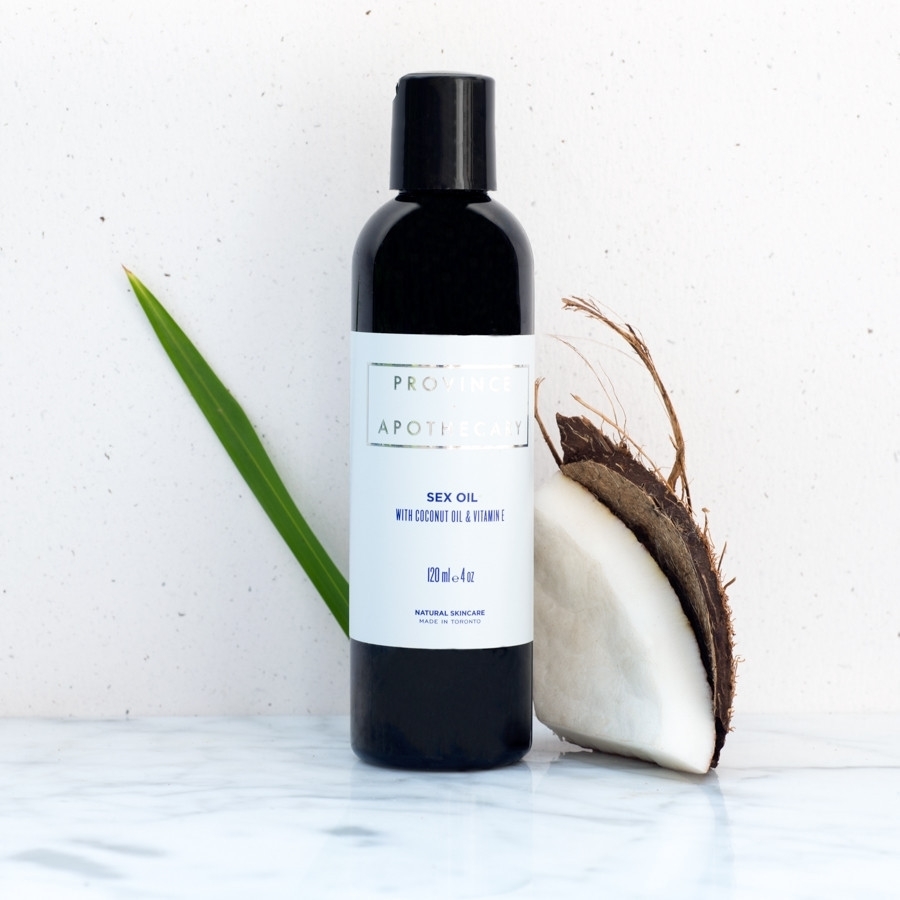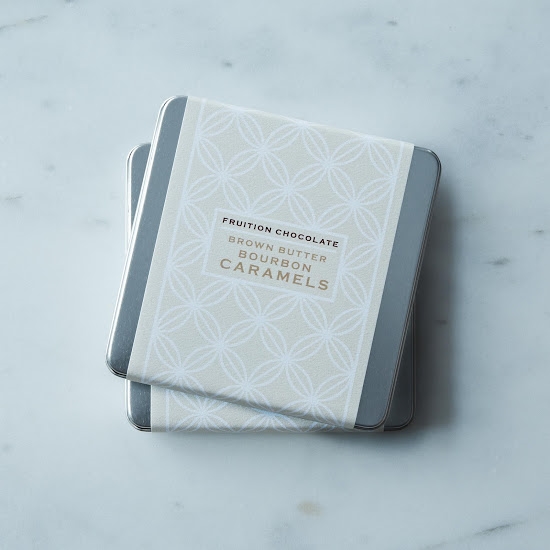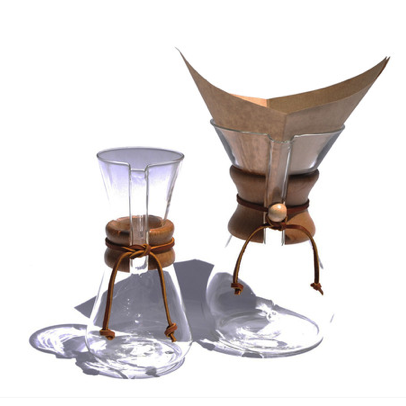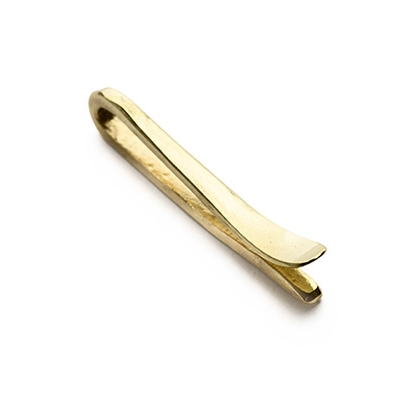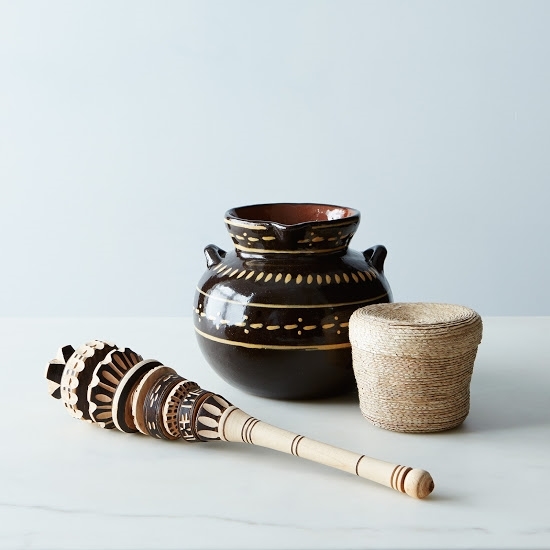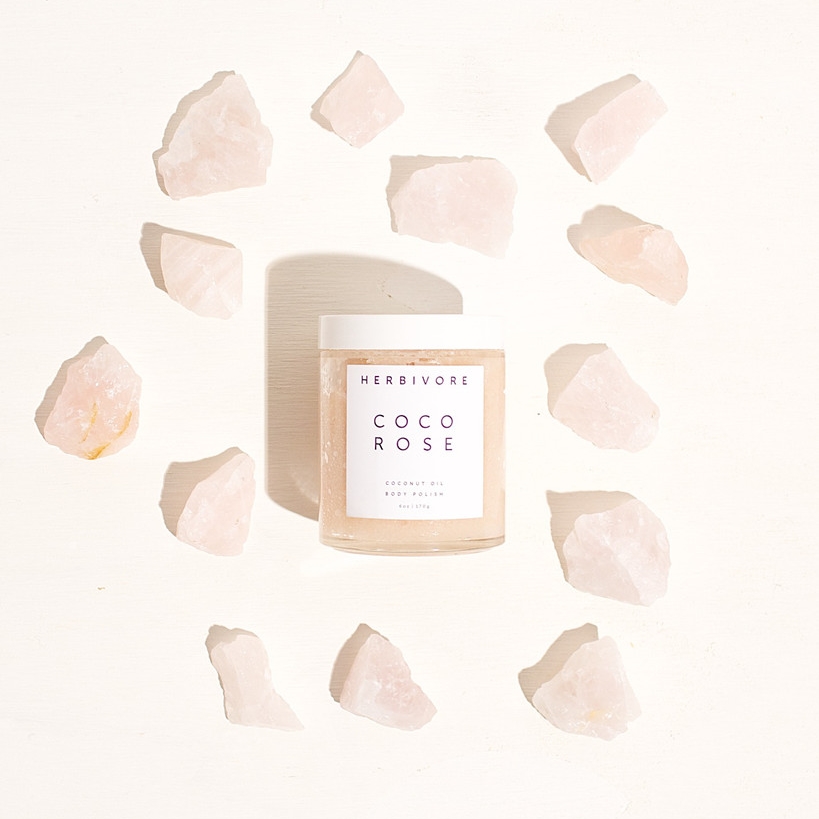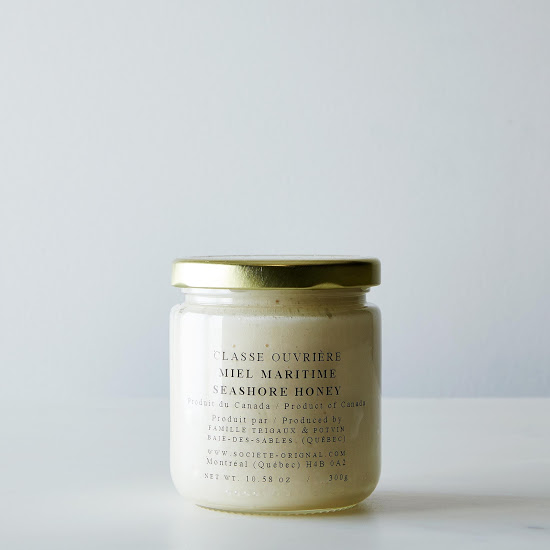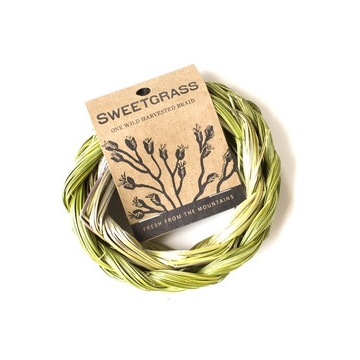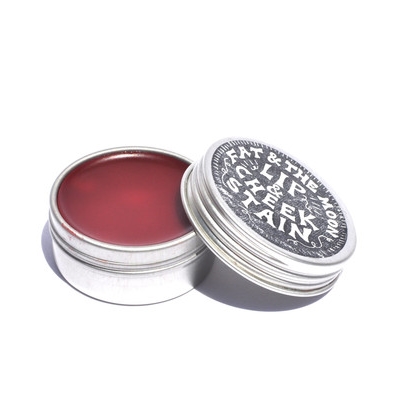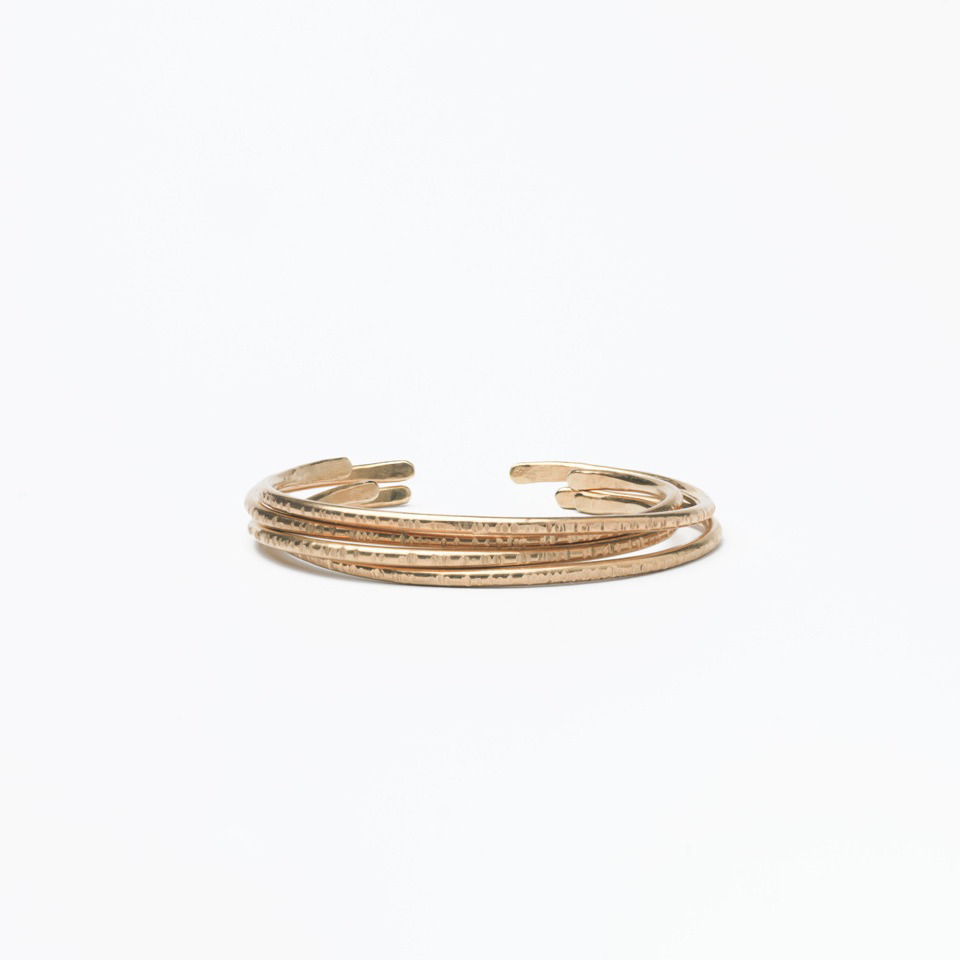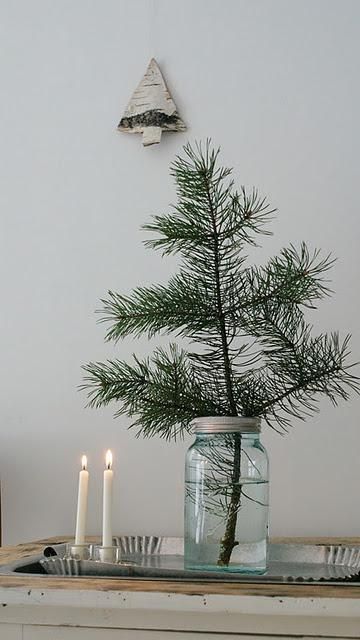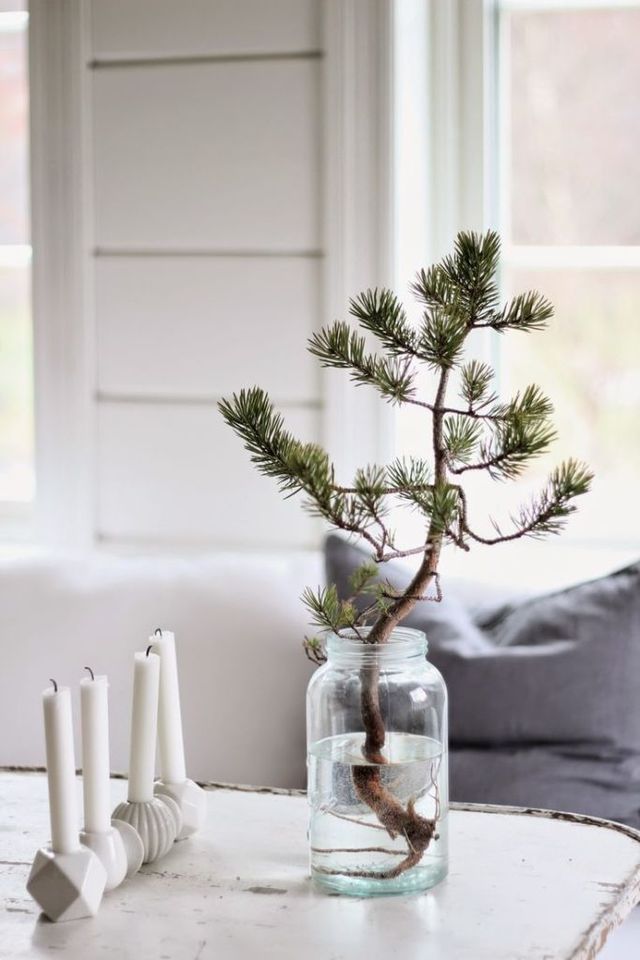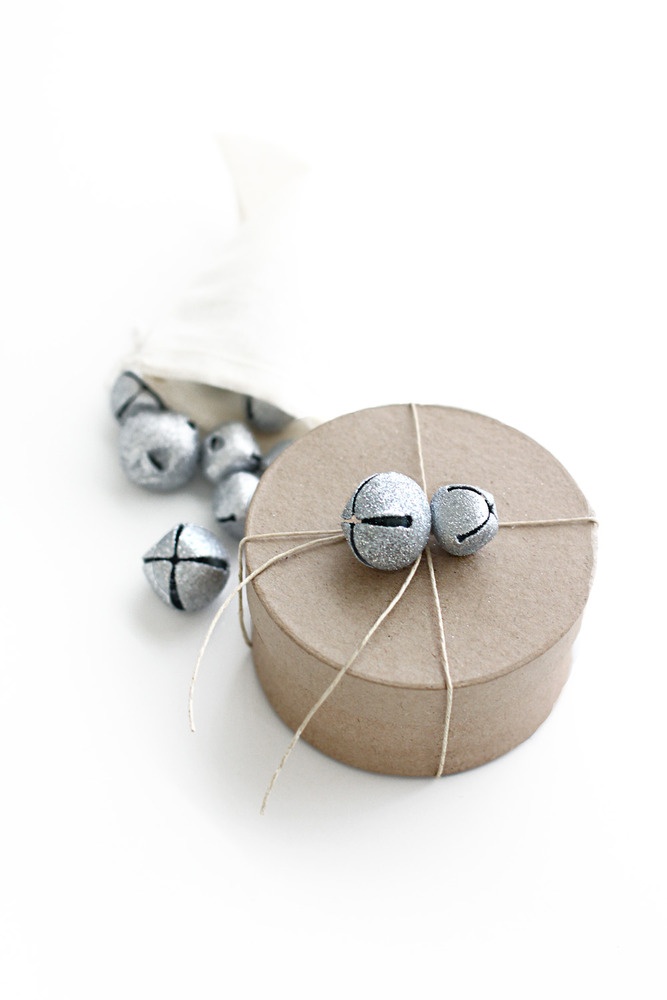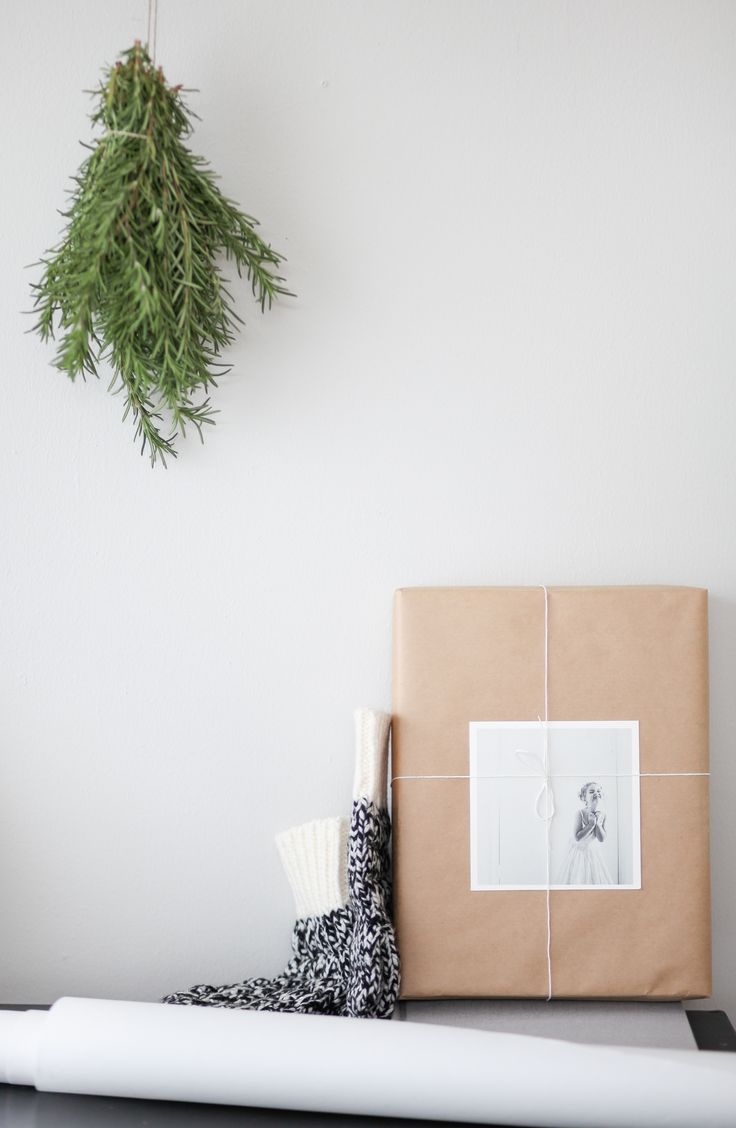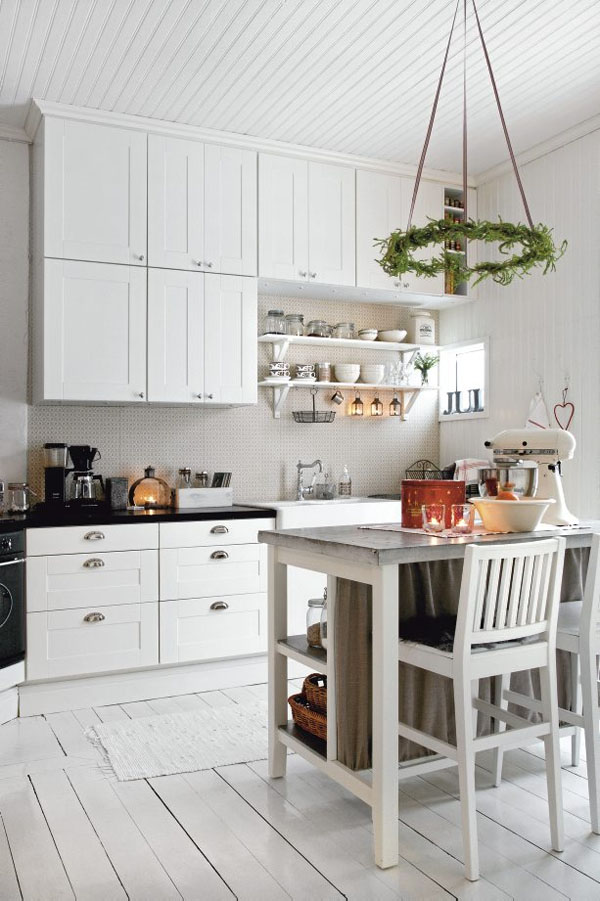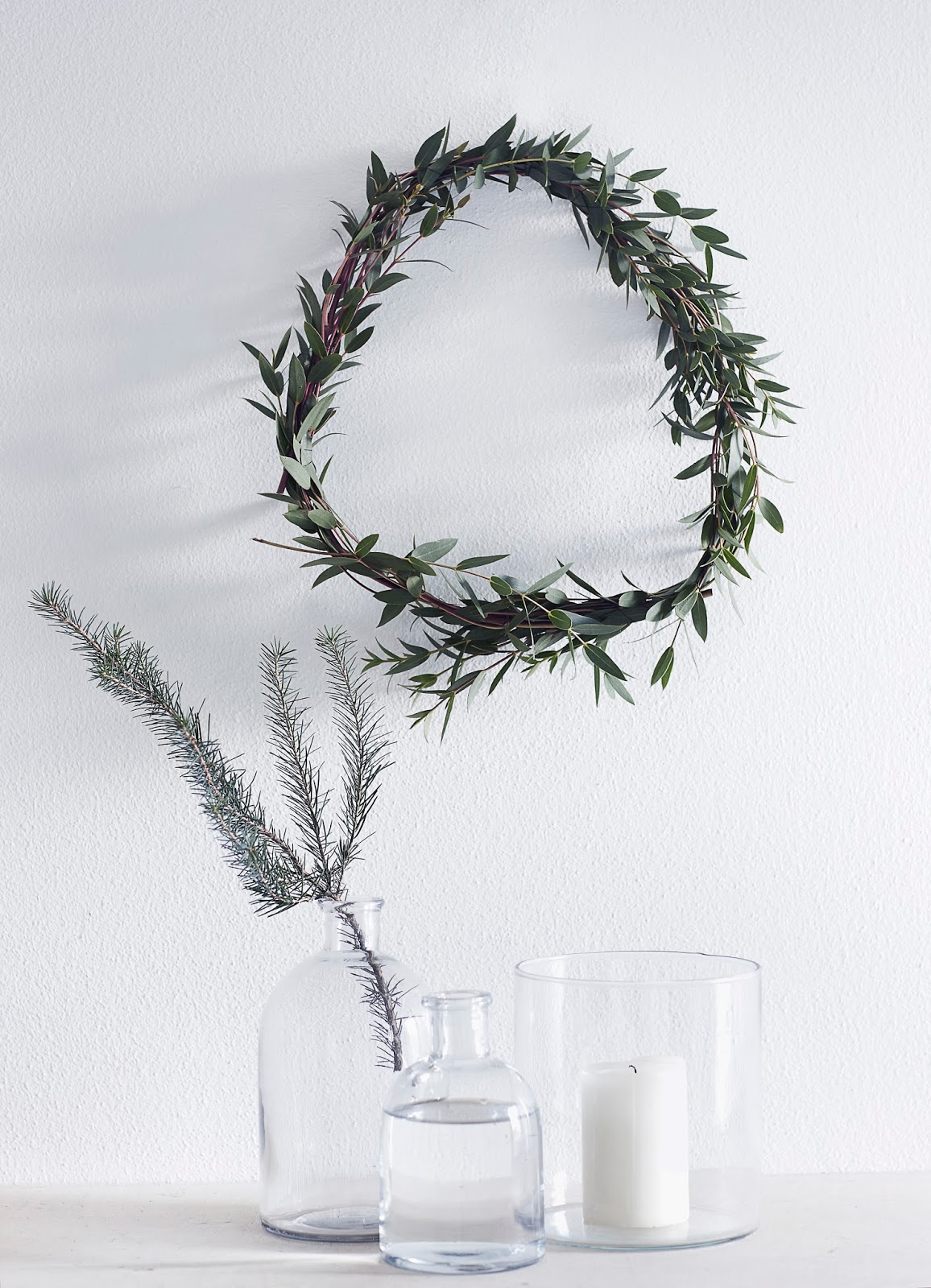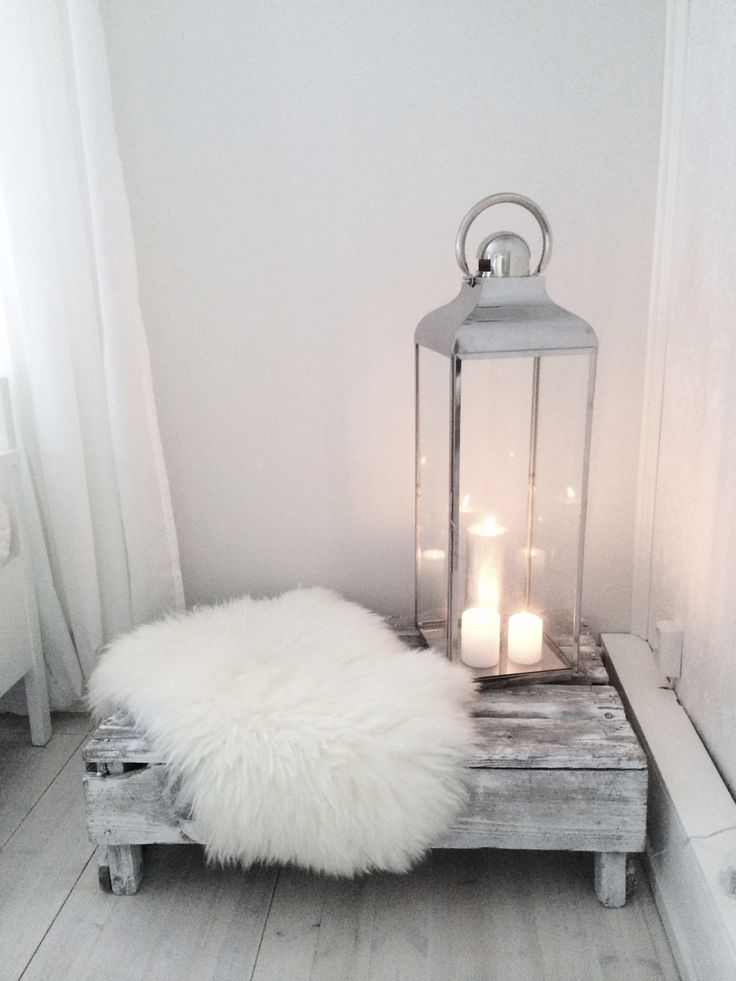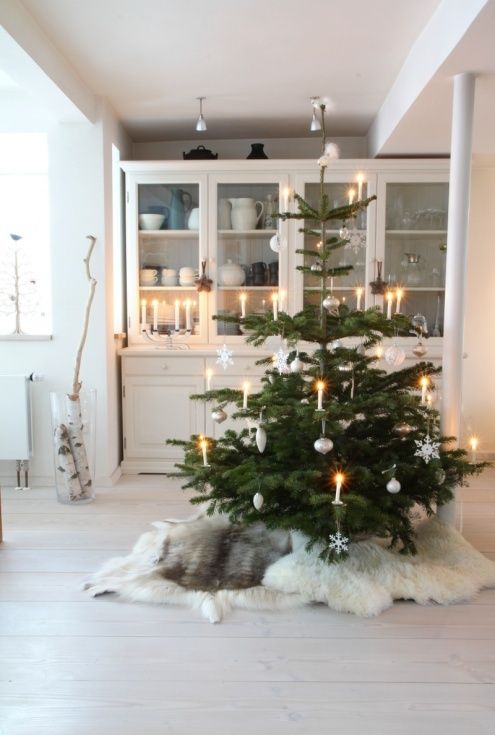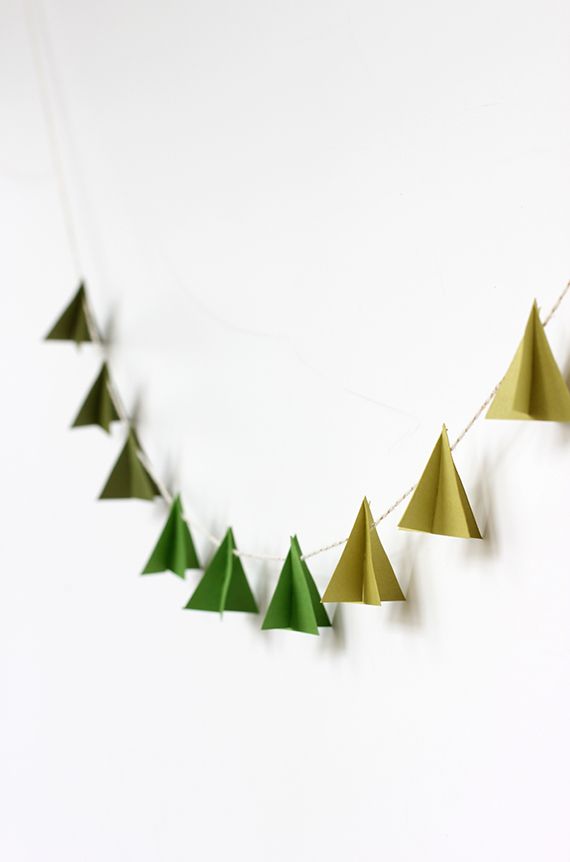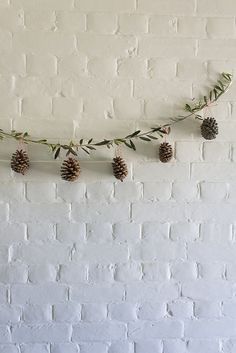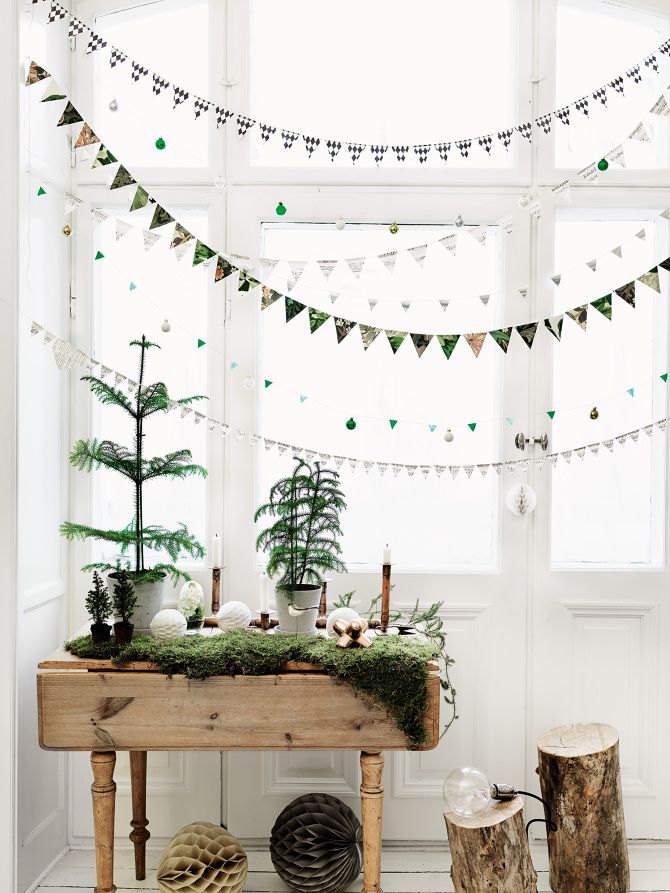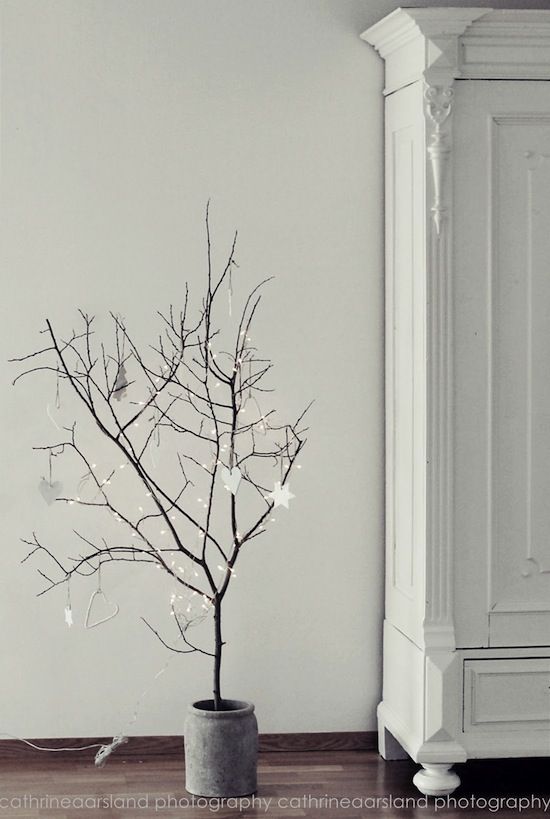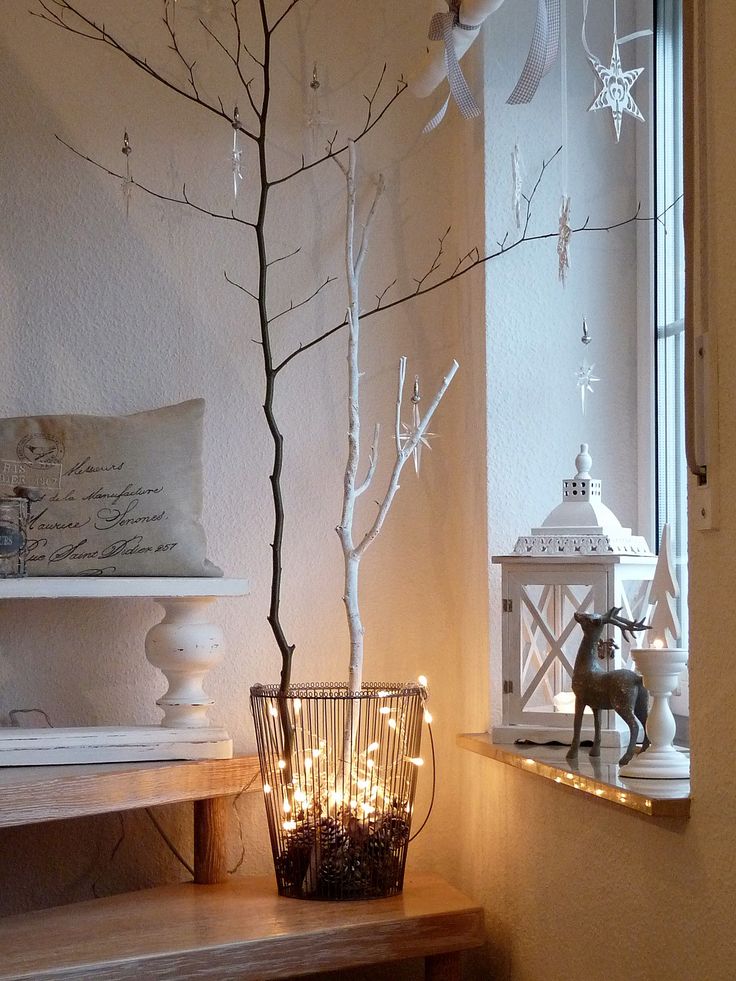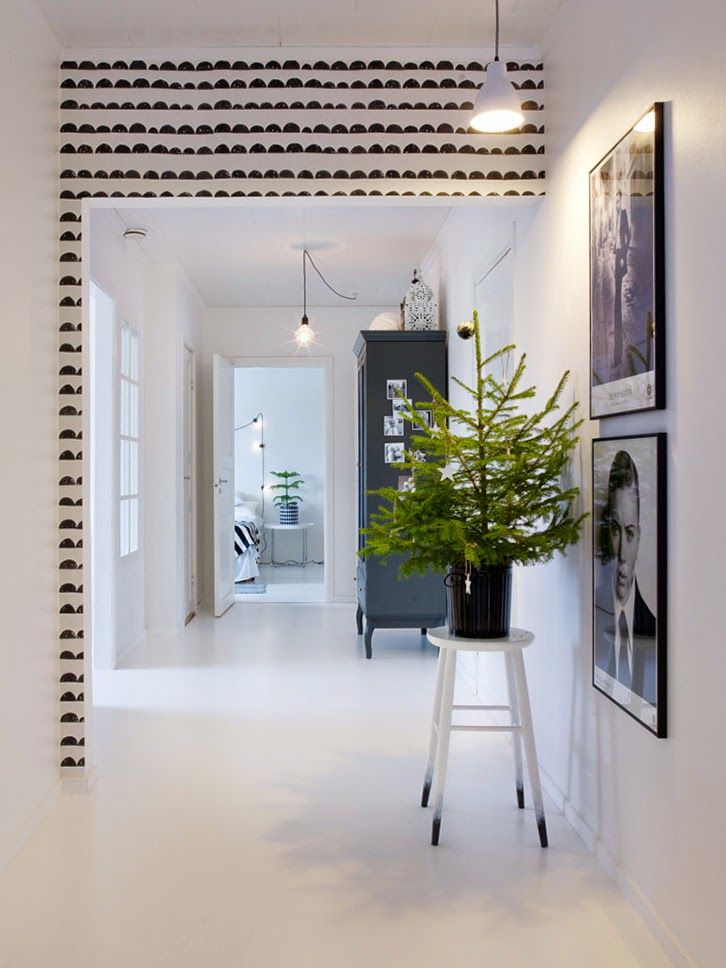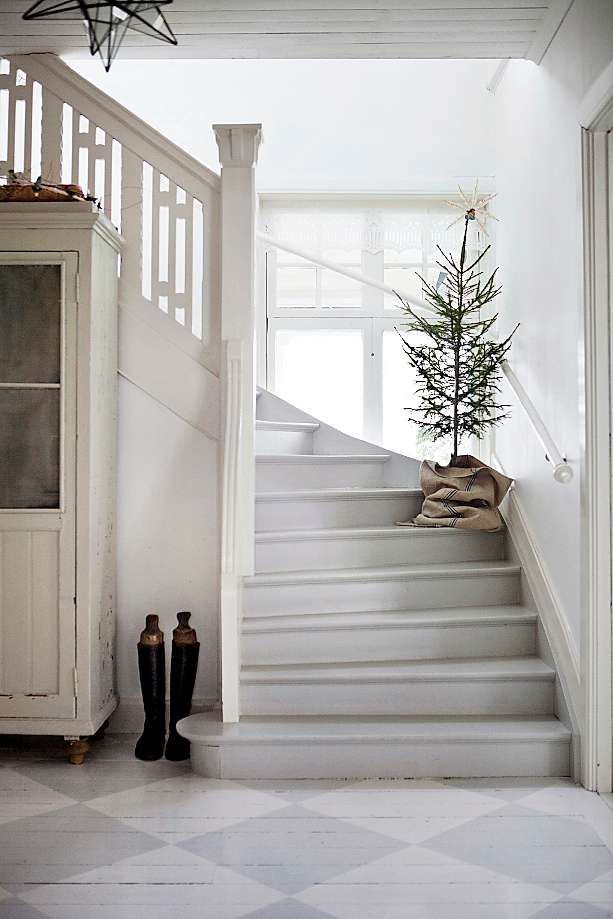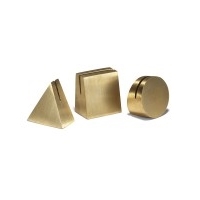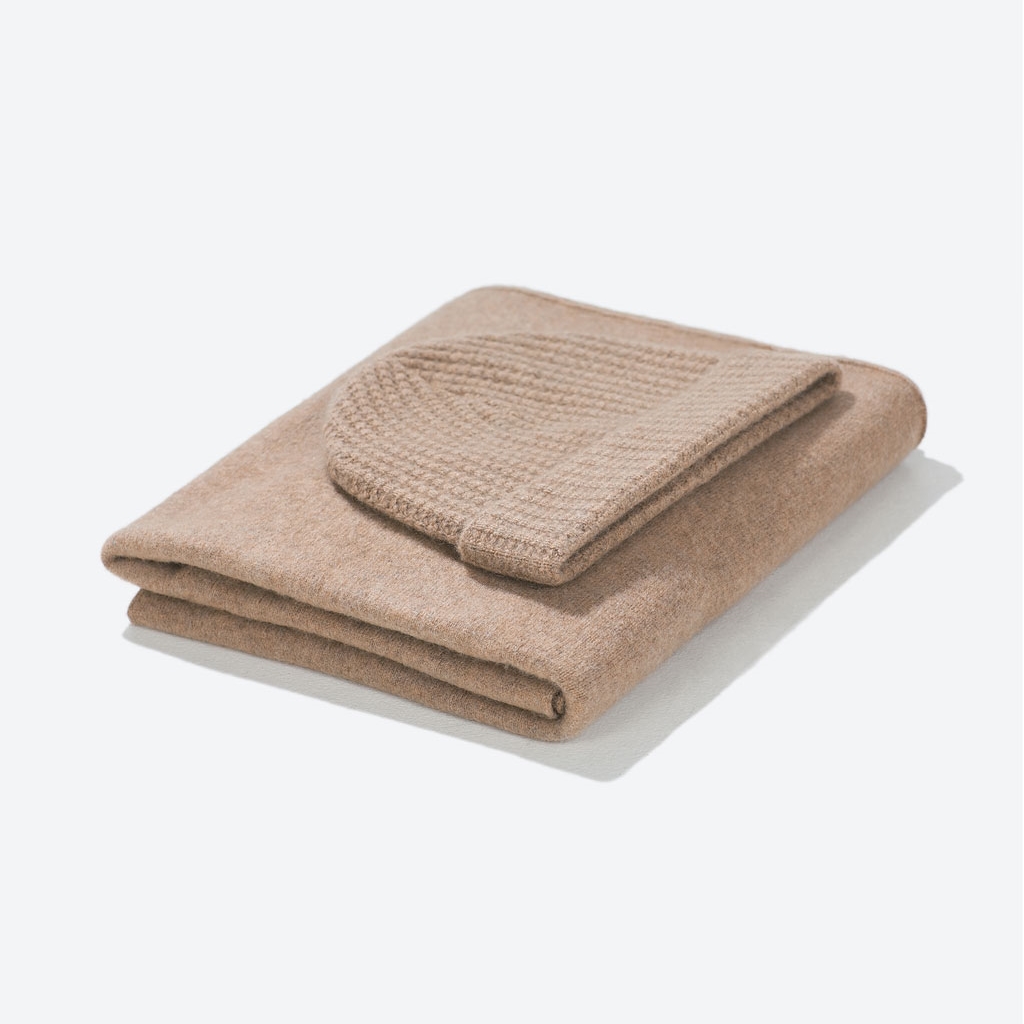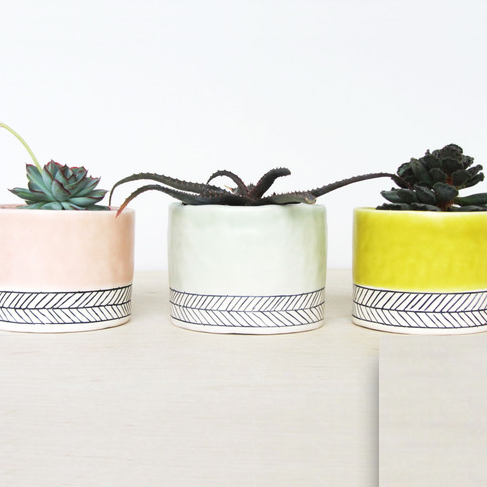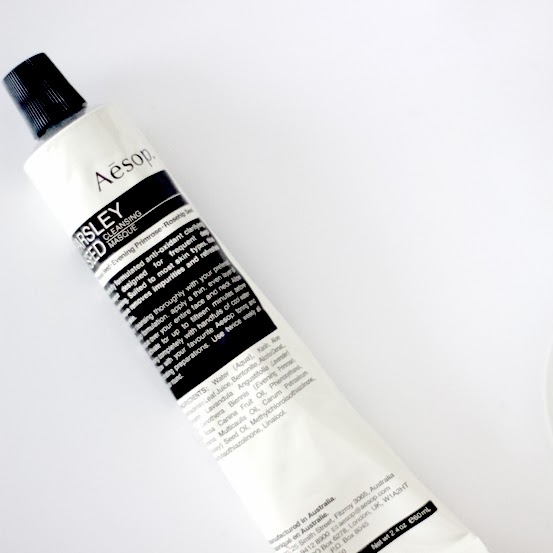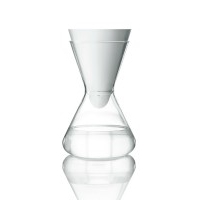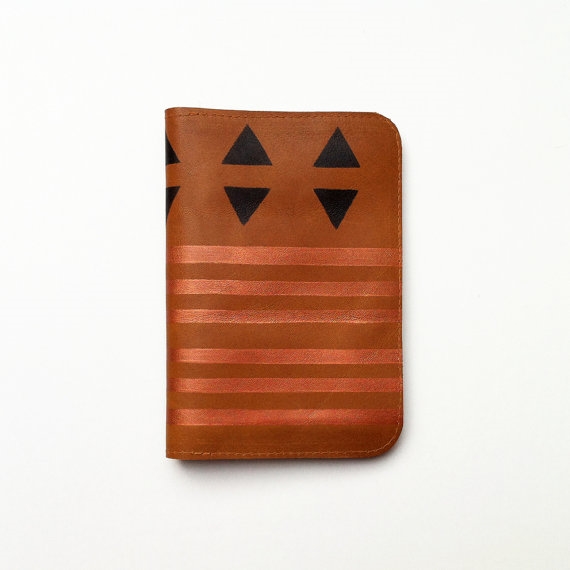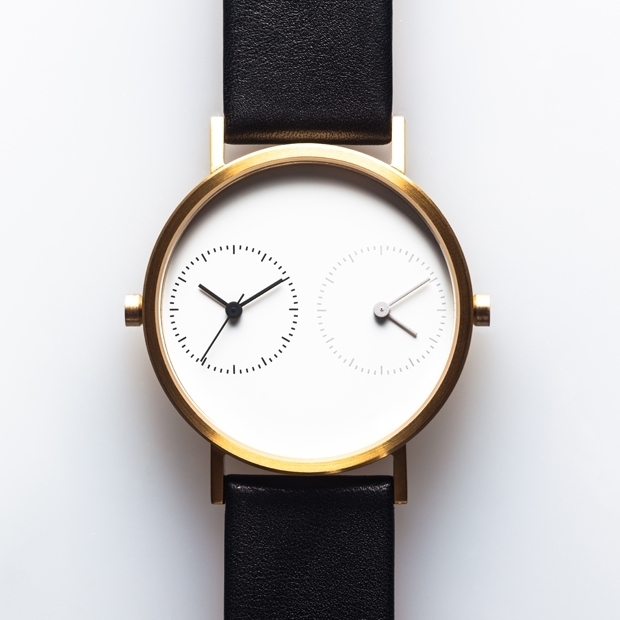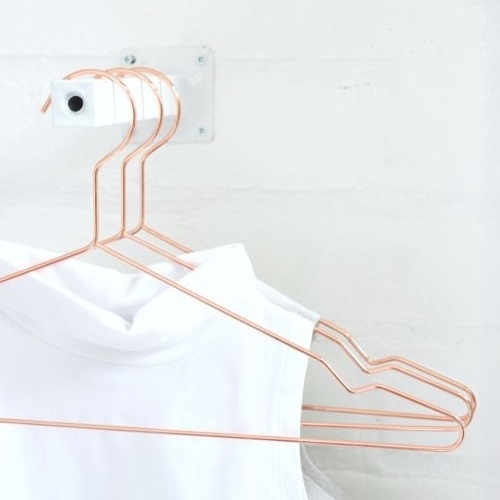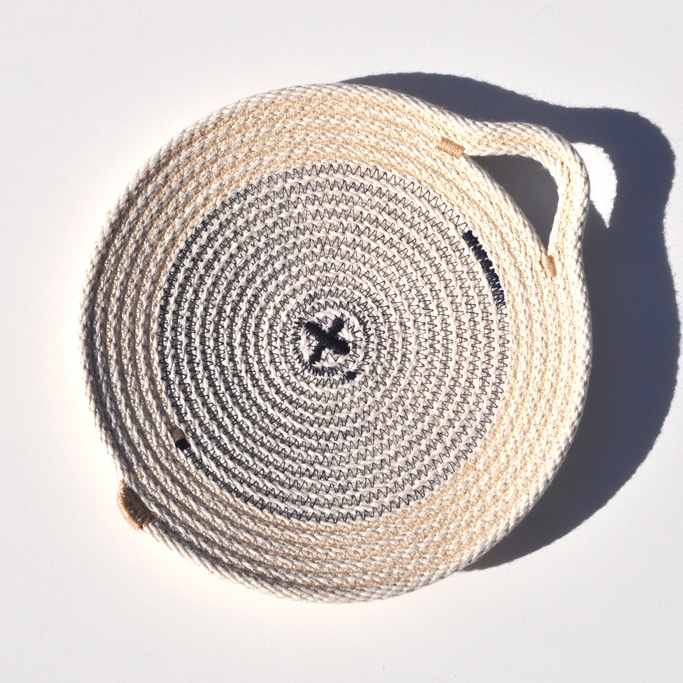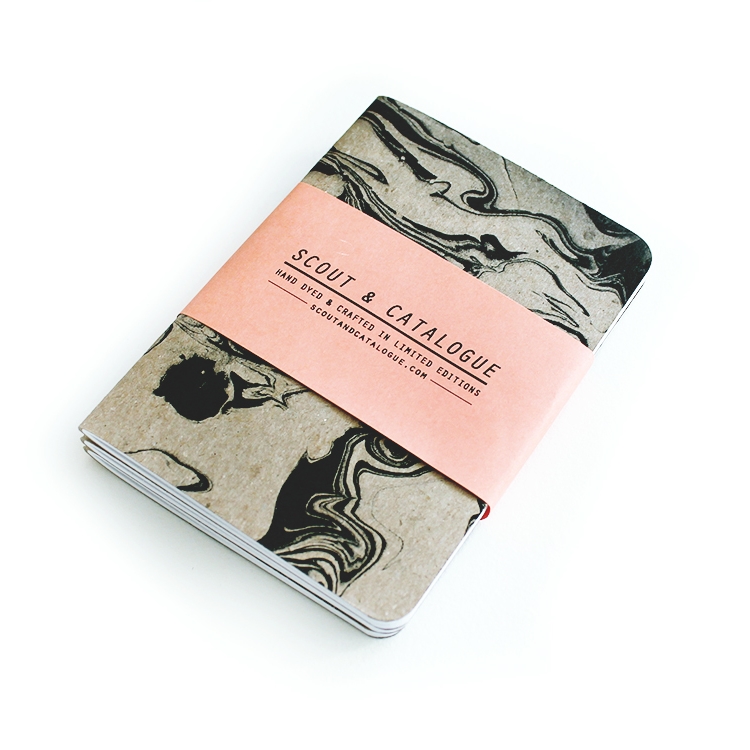It is one of the most ideal times of the year to give your indoor plants a little extra TLC. Wilting leaves, yellowing, roots surfacing above the soil, deformation, or water draining too quickly through soil are all telltale signs that a plant is no longer happy in it's current home. Over time, the soil your plants live in loses essential nutrients and the ability to hold water. While this is happening, the soil depletes and the plants' root system continues to grow until they take up the entire space in the pot and begin to coil. This is referred to as "root-bound" or "pot-bound." If ignored, this lack of root space will without fail lead to a very unhappy, sick plant.
Leading up to spring, a few of my beloved plants were beginning to show some signs of stress. I knew that repotting can often be a bit of a traumatic experience for plants so I sought out the expert advice of Adam Mallory from Crown Flora Studio. If you've had the pleasure of visiting their botanical oasis here in Toronto, you'll understand exactly why I headed to their studio. The following are Mallory's insiders tips to help you make all the right indoor repotting moves and have your plants singing your praises.
7 TIPS TO REPOTTING YOUR INDOOR PLANTS
1. CHOOSE THE BEST TIME OF YEAR.
Take a moment to think about what type of plant you are working with. It's wise to repot at the beginning of a plant's active growth period. For most plants this means you will want to repot in the spring. With plants that bloom in the winter, you'll want to consider repotting in the fall after their dormant period and right before their active growth.
2. WATER IN ADVANCE.
Make sure to give your plant a thorough watering several days in advance. This will stabilize the plant's vitality for the upcoming move and help to loosen the soil for an easier transfer.
3. PICK THE PERFECT POT.
While it can be fun to choose a pot based on aesthetics, it is important the pot lives up to the plant's needs. Plastic, metal, glass and terra cotta all breathe and retain moisture differently which will have an impact on plant based on how dry or moist they like to be. Terra cotta is always a smart choice as it is porous, adapts well to different climates and has built-in drainage. Consider adding a layer of stones to the bottom of a pot that does not have a hole/holes
already built in. Also, make sure to choose a comfortable fit for your beloved botanical friend. Opting for something too small could hinder your plants growth, while choosing a pot too large will only encourage the roots to overgrow. A good rule of thumb is to choose a new pot no more than 2 inches wider at the rim than the old pot.
4. THINK SOIL OPTIONS.
Just as it is important to choose the right time of year and pot, it is equally important to give some thought to the potting mix you choose. Be specific to the type of plant you are working with. There are soils for plants that like a dry environment like succulents and cacti, and soils for tropical plants who like to live in an environment with more moisture. Choosing the right soil will give your plant a longer, happier life.
5. REMOVE THE PLANT + BREAK UP THE ROOT SYSTEM.
If the plant has lived in that pot for some time, it could be a little difficult to remove it from it's current home. Turn your plant and the pot on it's side and gently ease the plant out - do your best to not "ruffle it's feathers" too much here. You may need a tool to help with this. If so, take your trowel or a knife around the edge of the pot to loosen things up. After you have removed it from it's old pot, you'll want to break up the root system with your hands. This will help to establish its roots, quite literally, in its new home.
6. REPLANT + REPOT.
Now it's time to replant and repot! Partly fill the new container with potting mix, center your plant in the new pot and fill in around the plant with additional mix. Pat the soil down around the edges of the pot, but ensure not to pack down the soil too firmly - you want to give your plant some breathing room and allow it the space to settle.
7. POST REPOTTING CONSIDERATIONS.
Repotting is an exhausting experience for a plant. Consider everything in moderation afterwards to help the plant adjust. Too much light can be harsh on a weakened plant, even if they typically like a lot of sun. It's best to find a bright, but not fully sunny spot, for the plant to to adjust for the first week. You'll want to water your plant immediately after repotting, but don't overwater so much that the soil is soggy. Give it a good week before watering again. Lastly, if you choose to fertilize your plants, wait at least a month to avoid fertilizer burn on any roots have been freshly exposed or pruned in the move.




